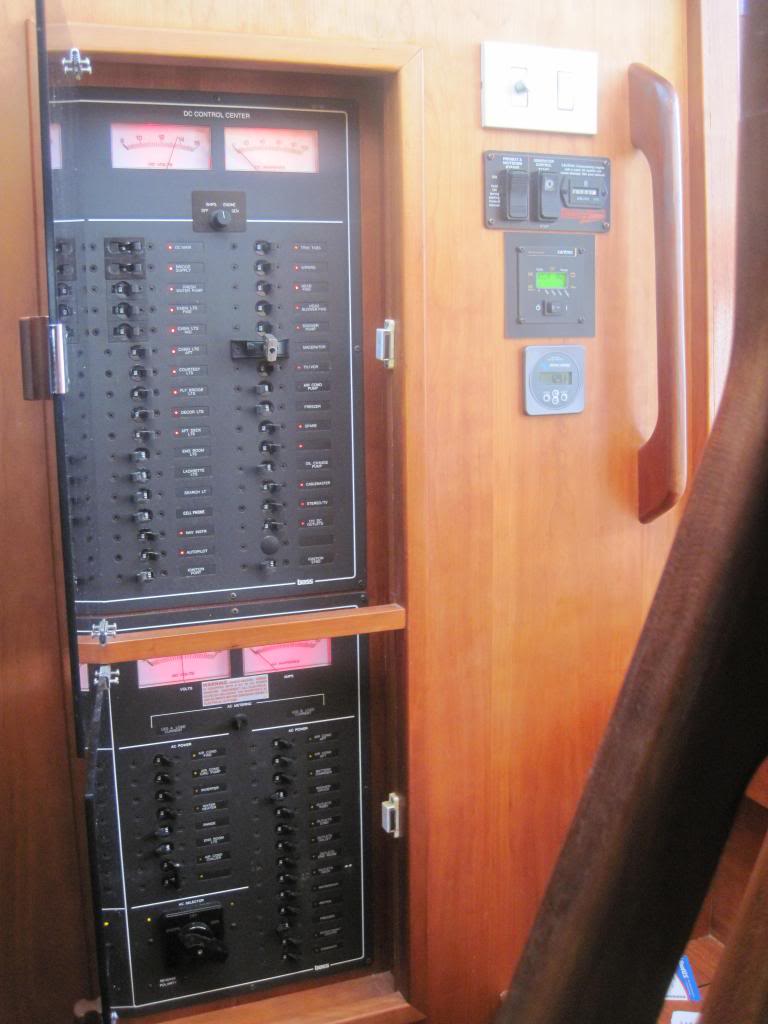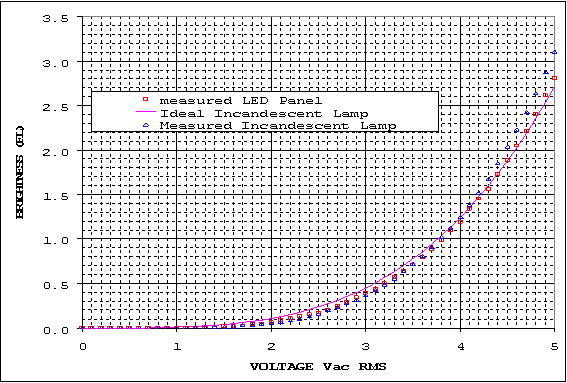Richard W
Senior Member
- Joined
- Jan 2, 2014
- Messages
- 301
- Location
- The 3rd Rock from the Sun
- Vessel Name
- anytime
- Vessel Make
- 2007 Chaparral 270 Signature LOA 29'
Good question ... the answer might be complicated.Did I get lucky with IKEA and unlucky with Dr LED? My read is LED manufacturing, along with better QA/QC, has come a long way in the last 5-7 years and todays bulbs are a better product.
The LEDs intended for home do not require much voltage regulation/protection built in as they come with own 12V DC power supply which is intended to be connected to fairly stable source of 120V AC household outlet. They will perform well in fairly narrow range of voltage fluctuation.
The good marine LED assemblies have own voltage regulation/protection built into every "bulb" or fixture as they relay on an unstable 12V DC power source.
In the early days of marine LEDs, most of the overvoltage protection was achieved with resistors that turn into power/heat sinks when voltage spikes.
Currently, good marine LEDs have robust voltage regulators built into every "bulb" or fixture that can operate in the 10-30V DC range, and are equally suitable for 12V DC and 24V DC installations.
Some others, like Dr. LED, still offer two versions, one for 12V DC and another for 24V DC installation. Can't really say they are not good ... but I would opt for the one that can operate in 10-30V DC range.
Here is some more info, an example and not the endorsement ...
LED Drivers for marine LEDs
The nav lights on my boat were switched to marine LEDs five seasons ago including all around anchor light that I use often, still going strong and no problems. All other lights on my boat were switched to marine LEDs two seasons ago, no problems so far.
Last edited:





